Intro
When working with Excel, using indirect references can be a powerful way to create flexible and dynamic formulas. However, it can also be confusing and intimidating, especially for those who are new to Excel. In this article, we will explore the world of indirect references in Excel, making it easy for you to understand and apply this useful technique.
The Importance of Indirect References
Indirect references are a fundamental concept in Excel, allowing you to create formulas that can reference other cells, ranges, or worksheets in a dynamic way. By using indirect references, you can make your formulas more flexible and adaptable, saving you time and effort in the long run. With indirect references, you can:
- Create formulas that can adjust to changes in your data
- Simplify complex formulas and make them easier to understand
- Create dynamic charts and reports that update automatically
How Indirect References Work
An indirect reference is a reference to a cell or range that is contained within another cell or formula. Instead of referencing a cell or range directly, you use a formula to return the reference. This allows you to create dynamic references that can change depending on the data in your worksheet.
For example, suppose you have a worksheet with the following data:
| Salesperson | Sales |
|---|---|
| John | 100 |
| Mary | 200 |
| David | 300 |
If you want to create a formula that references the sales data for a specific salesperson, you can use an indirect reference like this:
=INDIRECT("B" & MATCH(A2, A:A, 0))
This formula uses the INDIRECT function to return a reference to the cell in column B that corresponds to the salesperson in cell A2. The MATCH function is used to find the relative position of the salesperson in the list, and the & operator is used to concatenate the column letter ("B") with the relative position.
Using the INDIRECT Function
The INDIRECT function is the key to creating indirect references in Excel. This function takes a text string as an argument and returns a reference to the range or cell specified by the text string.
The syntax of the INDIRECT function is as follows:
=INDIRECT(ref_text, [a1])
Where:
ref_textis the text string that contains the reference[a1]is an optional argument that specifies the reference style (A1 or R1C1)
For example, the following formula uses the INDIRECT function to return a reference to the cell in cell A1:
=INDIRECT(A1)
This formula returns a reference to the cell specified by the text string in cell A1.
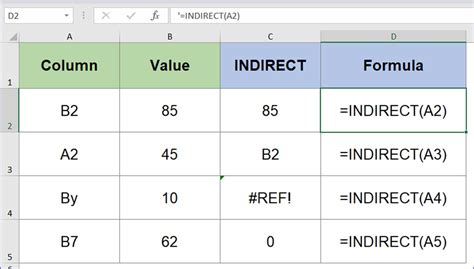
Using Indirect References with Other Functions
Indirect references can be used with other functions in Excel to create powerful and dynamic formulas. For example, you can use indirect references with the VLOOKUP function to create a lookup formula that can adjust to changes in your data.
The following formula uses the VLOOKUP function with an indirect reference to find the sales data for a specific salesperson:
=VLOOKUP(A2, INDIRECT("A:B"), 2, FALSE)
This formula uses the INDIRECT function to return a reference to the range A:B, and then uses the VLOOKUP function to find the sales data for the salesperson in cell A2.
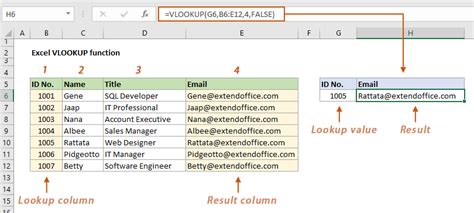
Best Practices for Using Indirect References
While indirect references can be a powerful tool in Excel, there are some best practices to keep in mind when using them:
- Use the
INDIRECTfunction sparingly, as it can make your formulas more complex and harder to understand - Use absolute references instead of relative references whenever possible
- Use named ranges and references instead of indirect references whenever possible
- Test your formulas thoroughly to ensure that they are working correctly
Common Errors When Using Indirect References
When using indirect references, there are several common errors to watch out for:
- #REF! error: This error occurs when the indirect reference is not valid or returns a reference to a cell or range that does not exist.
- #VALUE! error: This error occurs when the indirect reference returns a value that is not valid or cannot be converted to a number.
To avoid these errors, make sure to test your formulas thoroughly and use the INDIRECT function sparingly.
Conclusion
Indirect references are a powerful tool in Excel that can help you create flexible and dynamic formulas. By using the INDIRECT function and following best practices, you can create formulas that can adjust to changes in your data and make your work more efficient. With practice and experience, you can become proficient in using indirect references and take your Excel skills to the next level.
Indirect References in Excel Image Gallery
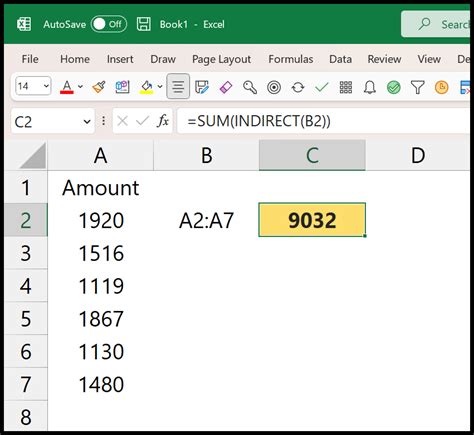
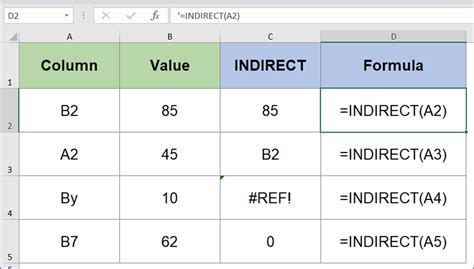
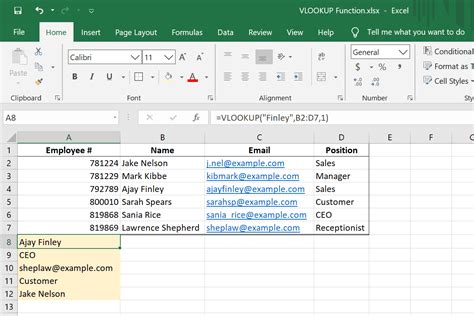

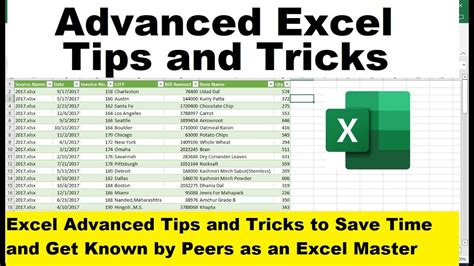
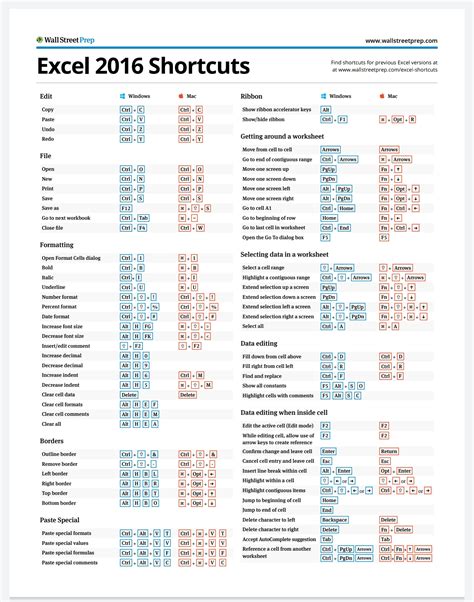
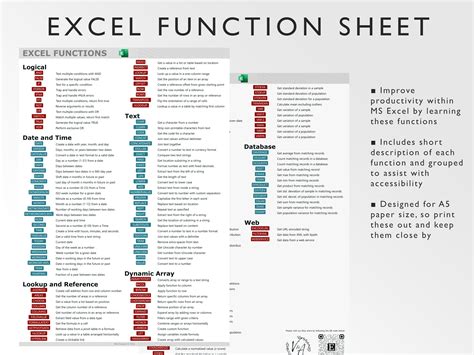
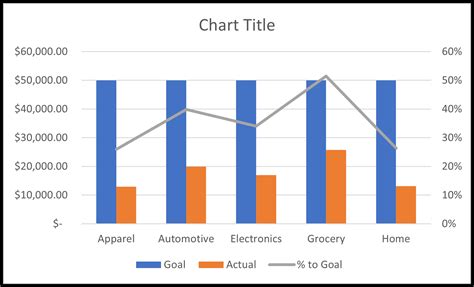
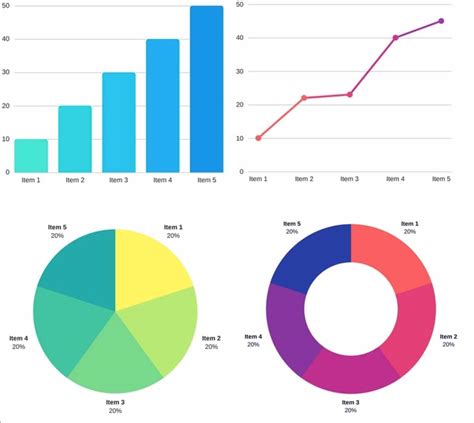
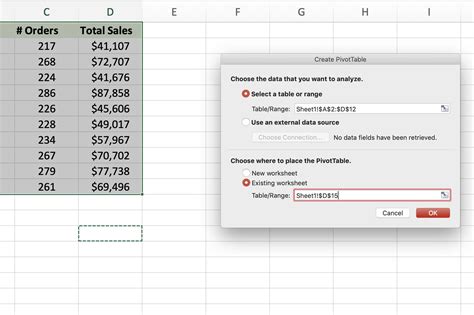
FAQ
Q: What is an indirect reference in Excel? A: An indirect reference is a reference to a cell or range that is contained within another cell or formula.
Q: How do I use the INDIRECT function in Excel?
A: The INDIRECT function takes a text string as an argument and returns a reference to the range or cell specified by the text string.
Q: What are the benefits of using indirect references in Excel? A: Indirect references can make your formulas more flexible and adaptable, saving you time and effort in the long run.
